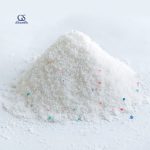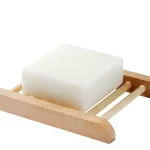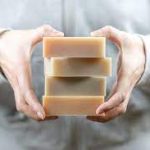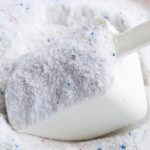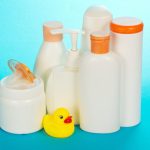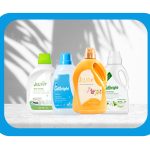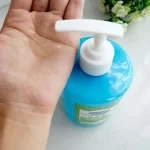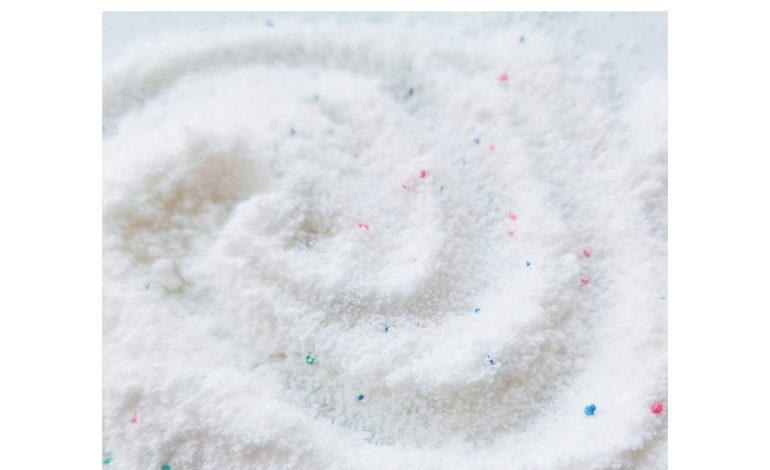
What is in laundry detergent?
Washing powder is synthesized with a variety of chemical substances, and its common raw materials are alkylphenol ether, lauric acid diethanolamide, dodecylbenzenesulfonic acid, sodium tripolyphosphate, soda ash, alkaline protease, etc. These materials can be roughly divided into five types: active ingredients, auxiliary ingredients, buffer ingredients, synergistic ingredients, and auxiliary ingredients. Different types of ingredients have different effects, so let’s take a look at them together.
Active ingredients
Active ingredients are the ingredients in detergents that play a cleaning role. This is a class of substances called surfactants. Its function is to weaken the adhesion between stains and clothes, and mechanical forces such as washing water flow and hand rubbing or washing machine agitation. Under the action of cleaning, the stains are removed from the clothes, so as to achieve the purpose of cleaning the clothes. In order to achieve a good decontamination effect, laundry detergent should contain enough active ingredients. In order to ensure the washing effect of washing powder, the amount of active ingredients in a washing powder is generally not less than 13%.
1, Builder ingredients
The builder in the washing powder is the most used ingredient, generally accounting for 15%-40% of the total composition. The main function of the builder is to soften the water by binding the hardness ions contained in the water, thereby protecting the surfactant to maximize its effectiveness. The so-called phosphorus-containing and phosphorus-free detergents actually refer to whether the builder used is phosphorus-based or non-phosphorus-based.
2, Buffer ingredients
The common dirt on clothing is generally organic stains, such as sweat, food, dust, etc. Organic stains are generally acidic, and making the washing solution in an alkaline state is conducive to the removal of such stains, so a considerable amount of alkaline substances are added to the washing powder. Commonly used are soda ash and water glass.
3, Synergistic ingredients
In order to make detergents have better and more washing-related efficacy, more and more detergents will add ingredients with special functions, which can effectively enhance and improve the washing performance of detergents. Common synergistic ingredients are enzyme preparations, bleaching agents, bleaching accelerators, anti-redeposition agents, soil dispersing agent LBD-1, enzyme preparations, optical brighteners, anti-staining agents, softeners, cellulase, antistatic agents, color protectants, etc.
4, Auxiliary ingredients
Such ingredients generally do not improve the washing ability of detergents but play a greater role in the processing of the product and the sensory indicators of the product, such as making the washing powder white in color, uniform in particles, no agglomeration, and pleasant in the aroma.
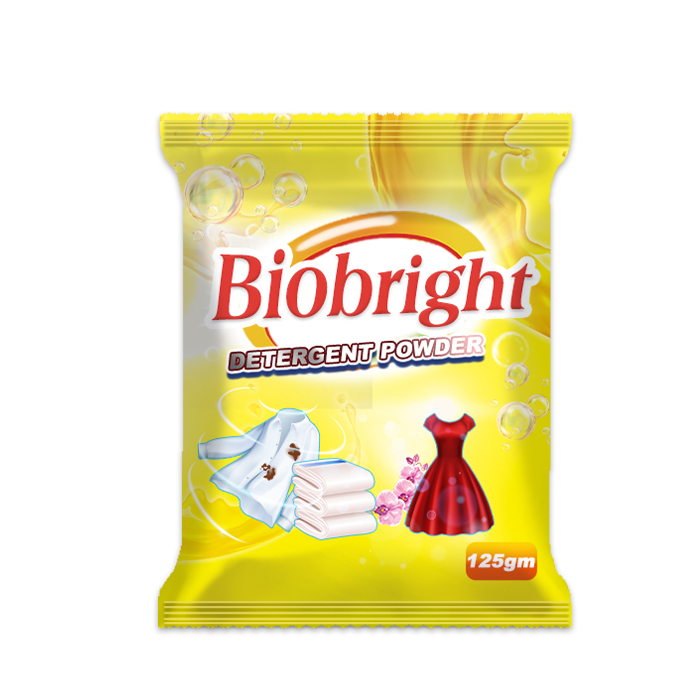
Best biological washing powder bulk
Don’t let your clothes lose their sparkle. Our bio washing powder features active plant-based, biodegradable ingredients. Takes on stains even at 30° leaving clothes with the delicate fresh fragrance of Eucalyptus & Lavender.
Characteristics of common raw materials of washing powder
Alkylphenol ether (Tx-10)
White, viscous liquid, is a kind of surfactant for producing high-grade, whitening washing powder. The content is 99%. It mainly plays the role of foam and can remove oily stains at the same time. The amount of foam depends on the amount used.
Lauric acid diethanolamine (6501)
Light yellow, viscous liquid, it is a kind of surfactant in the production of various ordinary washing powders, with a content of 98%. Mainly plays the role of foam, the foam stability is better, and at the same time removes oily dirt, the amount of foam depends on the amount of use.
Dodecylbenzenesulfonic acid
Thick yellow and black, viscous liquid, it is a kind of surfactant in the production of various ordinary washing powders, with a content of 98%, it mainly plays the role of foam, and at the same time plays the role of puffing, and also removes oil stains. The size and foam of the laundry detergent depend on the amount used. But do pay attention to the content of 98%, the content of 40%-60% can not be puffed, the foam is less, and the humidity of the washing powder produced is high.
Sodium tripolyphosphate
White fine particles, content 90%, slightly toxic. It mainly determines the storage time of the washing powder to prevent the washing powder from agglomerating. Increasing the dosage can prolong the storage time of washing powder and enhance the decomposition of oil stains.
Soda Ash
That is, anhydrous sodium carbonate, which is a white powder, contains 75%-95%, and is mainly used for decontamination in washing powder. Generally, industrial soda ash is used. This product is easy to absorb moisture, so attention should be paid to moisture-proof, and the remaining part should be sealed with plastic.
Yuanming powder
Namely, anhydrous sodium sulfate, white, powdery, this product is a kind of builder, it is mainly a filler in washing powder. Adjusting the cost of washing powder depends on how much it is.
Methylcellulose (CMC)
Light yellow, powdery, in the washing powder, the function is to resist precipitation, and it can separate the oil stains from the object into the water, and play a suspending role. Methylcellulose has 2 shapes, powder and whisker, generally, the powder is the best.
Alkaline protease
Enzyme preparations are added to laundry powder to accelerate the decomposition of oil stains in clothes. It comes in a variety of colors such as green, emerald green, blue, etc. Enzyme-added washing powder is not easy to store and is easy to fail. Generally, it is not necessary to add it. Enzyme-added washing powder should use a good plastic bag with good sealing to prevent gasification. The storage time of enzyme-added laundry detergent is limited to 8 months, otherwise, the washing effect will be reduced.
The fluorescent whitening agent (VBL)
This product is light yellow, powdery, used for whitening, there is a certain limit, and the effect is poor when used more. The fluorescent whitening agent is divided into the advanced type and ordinary type. The price difference is large, and the degree of whitening is also large.
Related Posts:
Copyright 2020, Hebei Guansheng Technology Co.Ltd All Rights Reserved
 Hebei Guangsheng Technology Co.Ltd
Hebei Guangsheng Technology Co.Ltd
 Hebei Guangsheng Technology Co.Ltd
Hebei Guangsheng Technology Co.Ltd